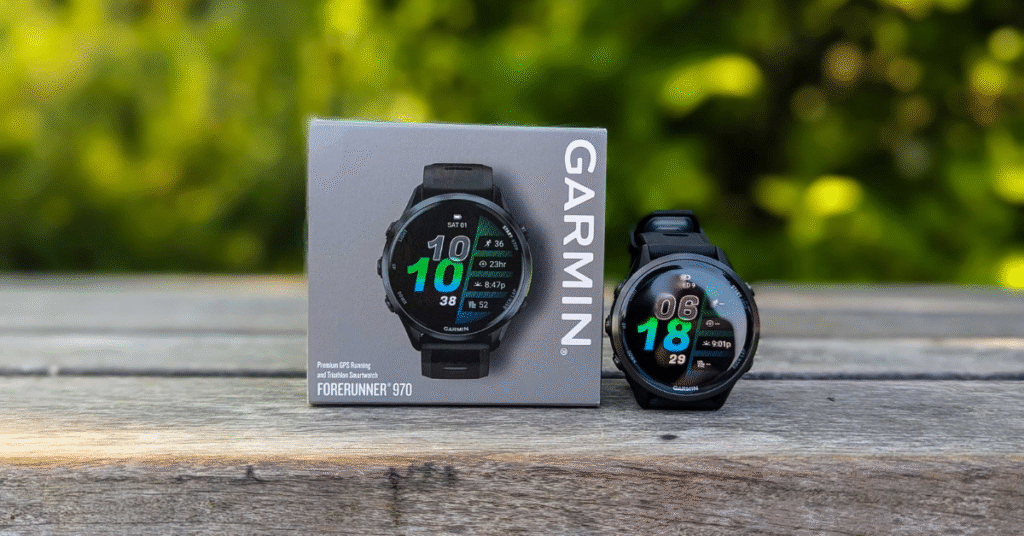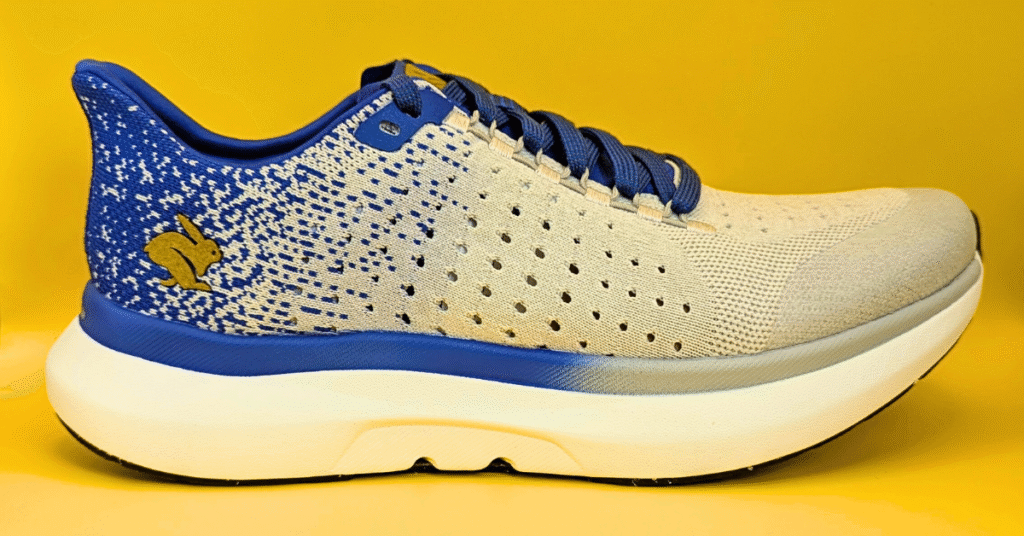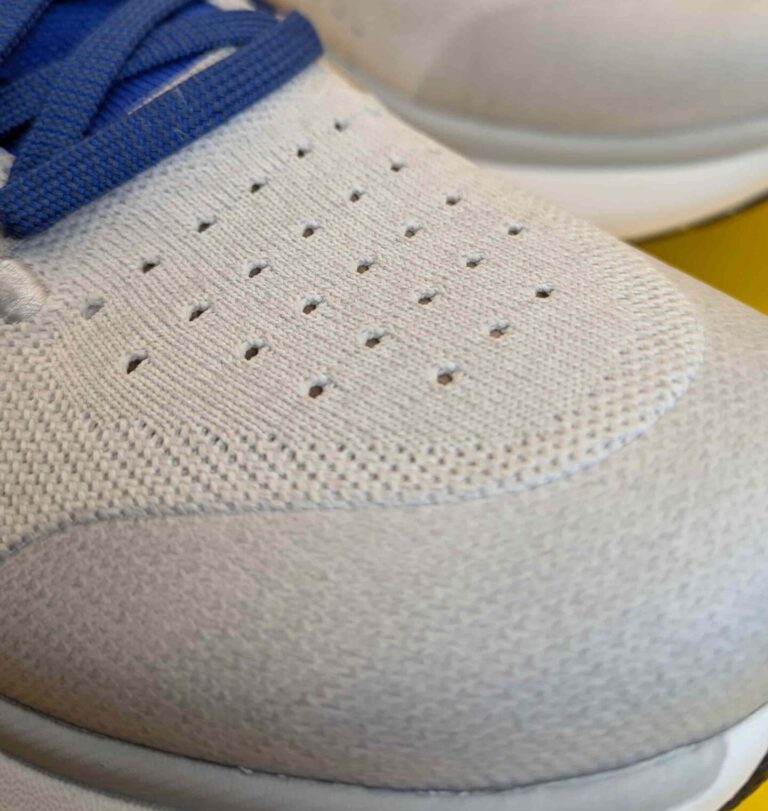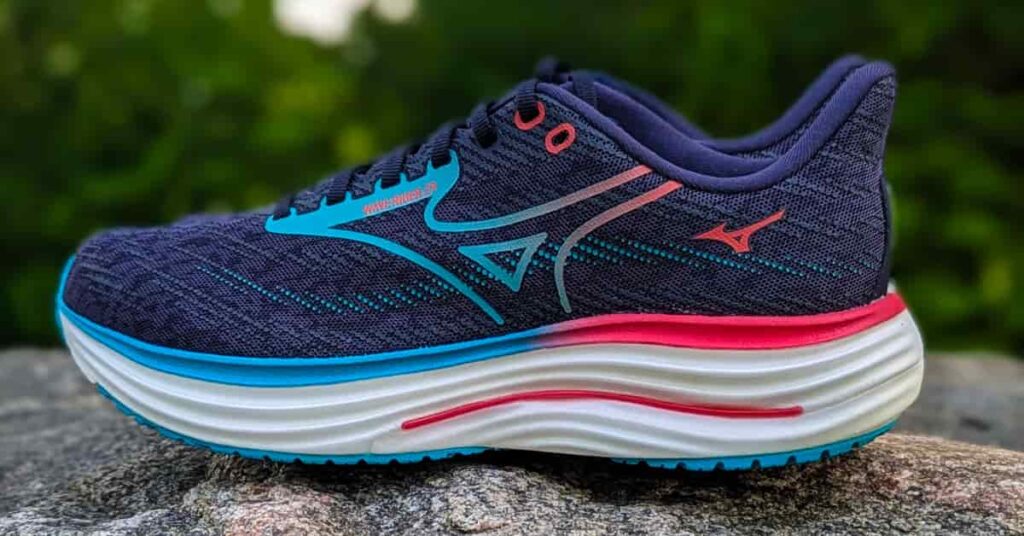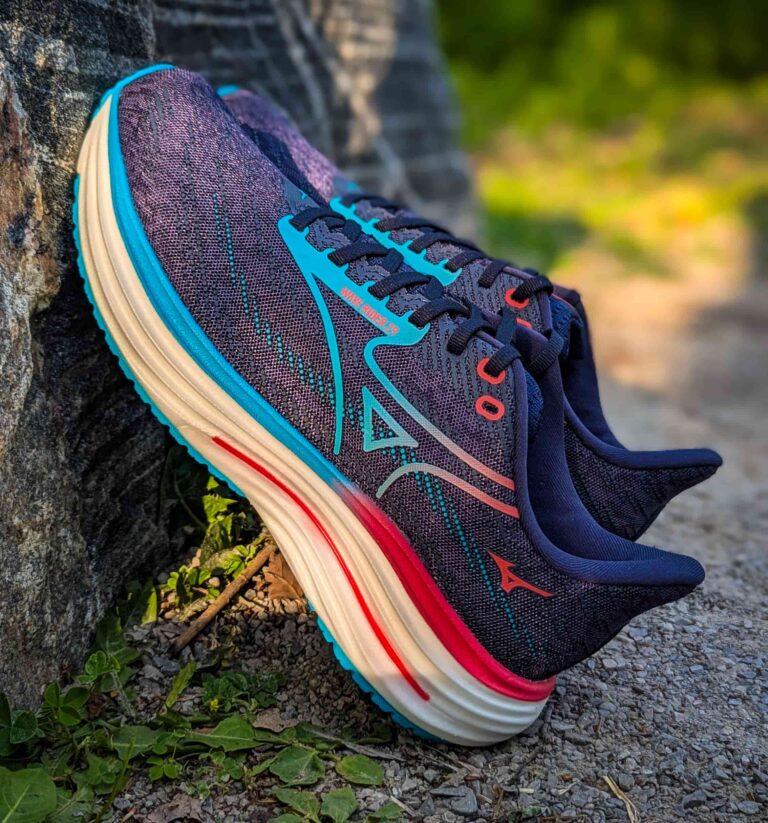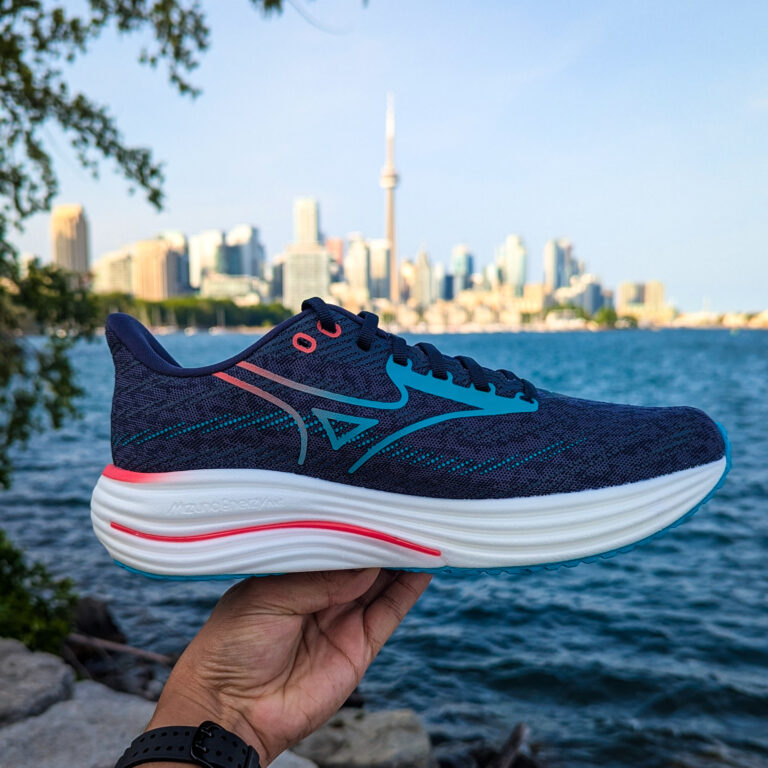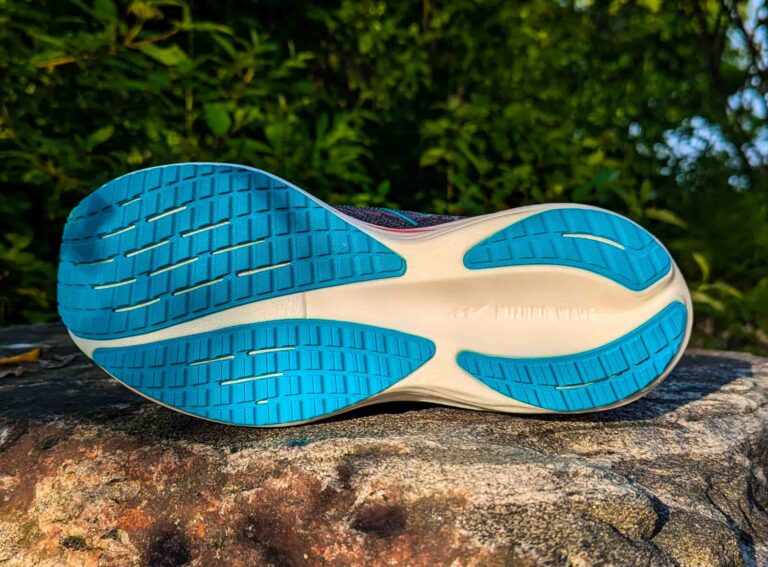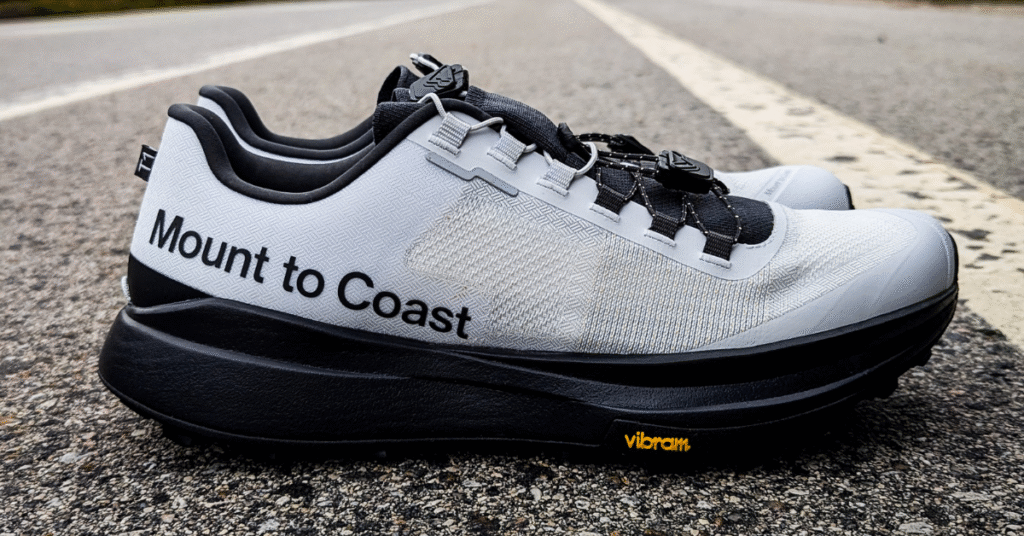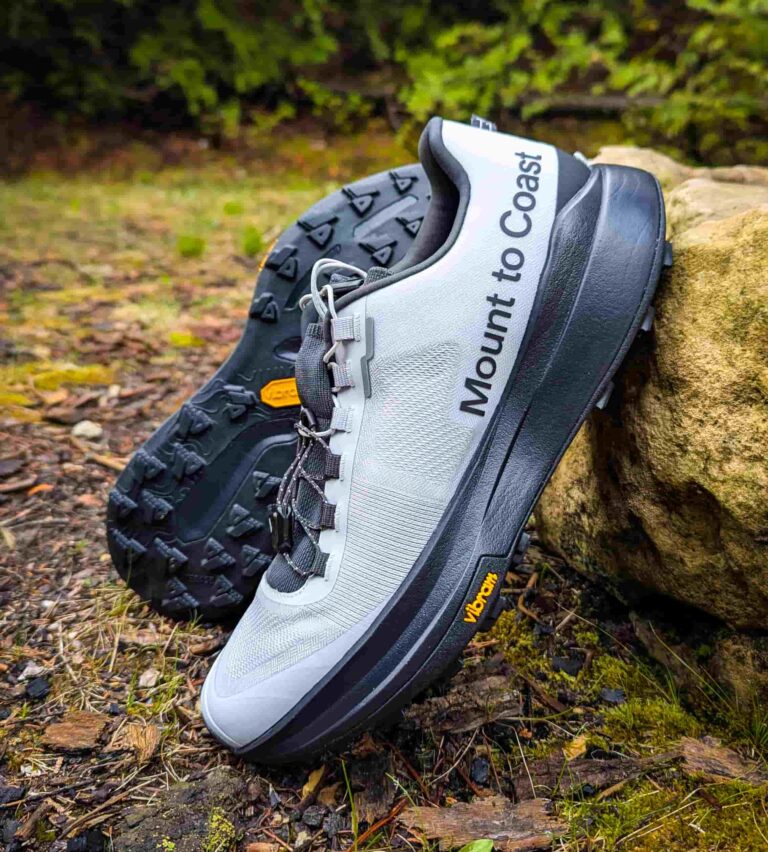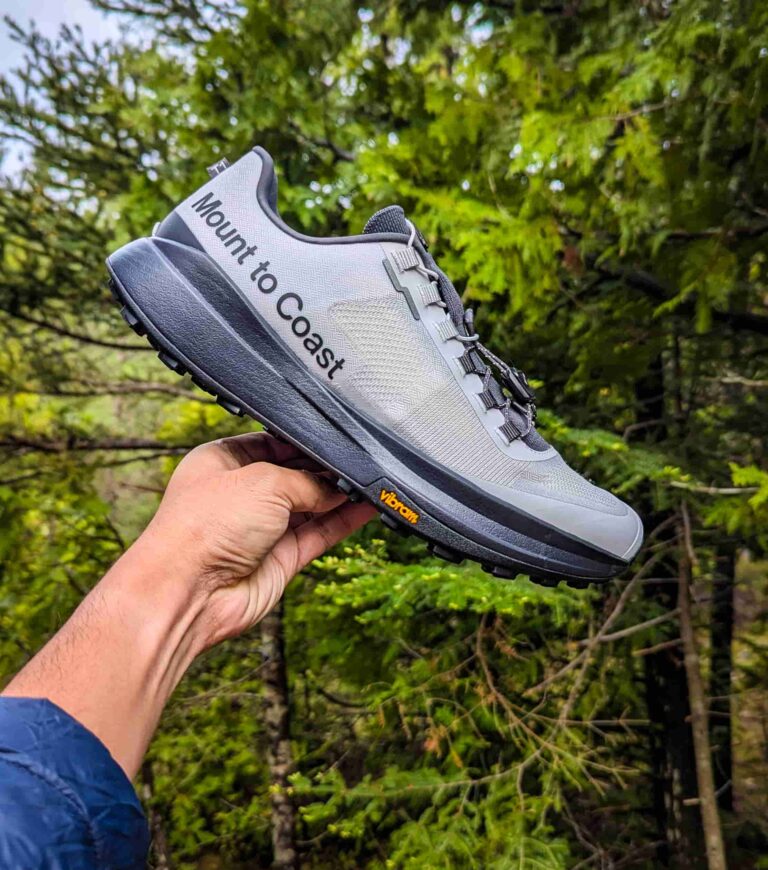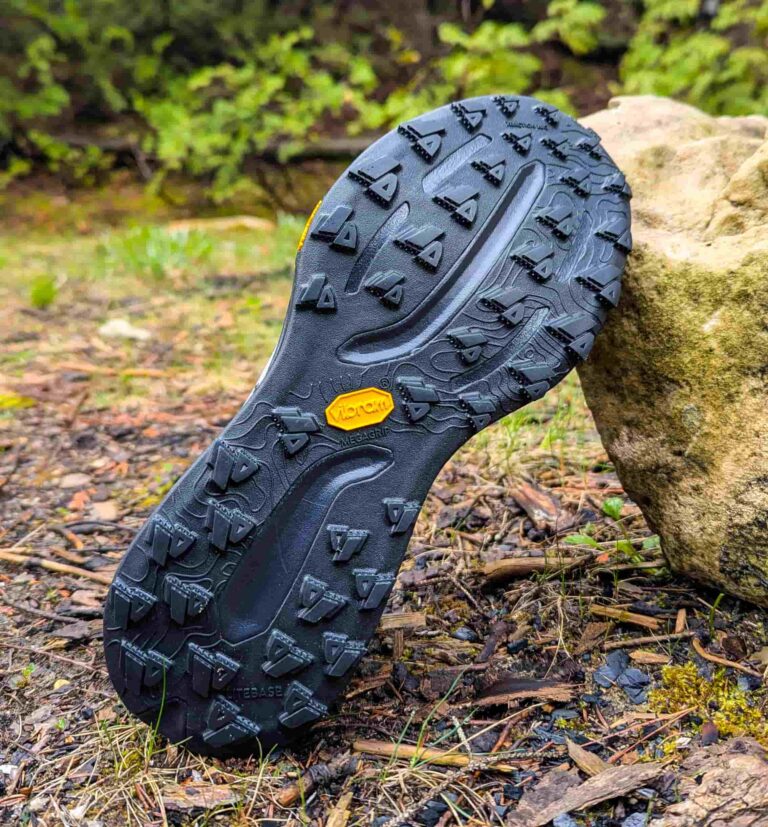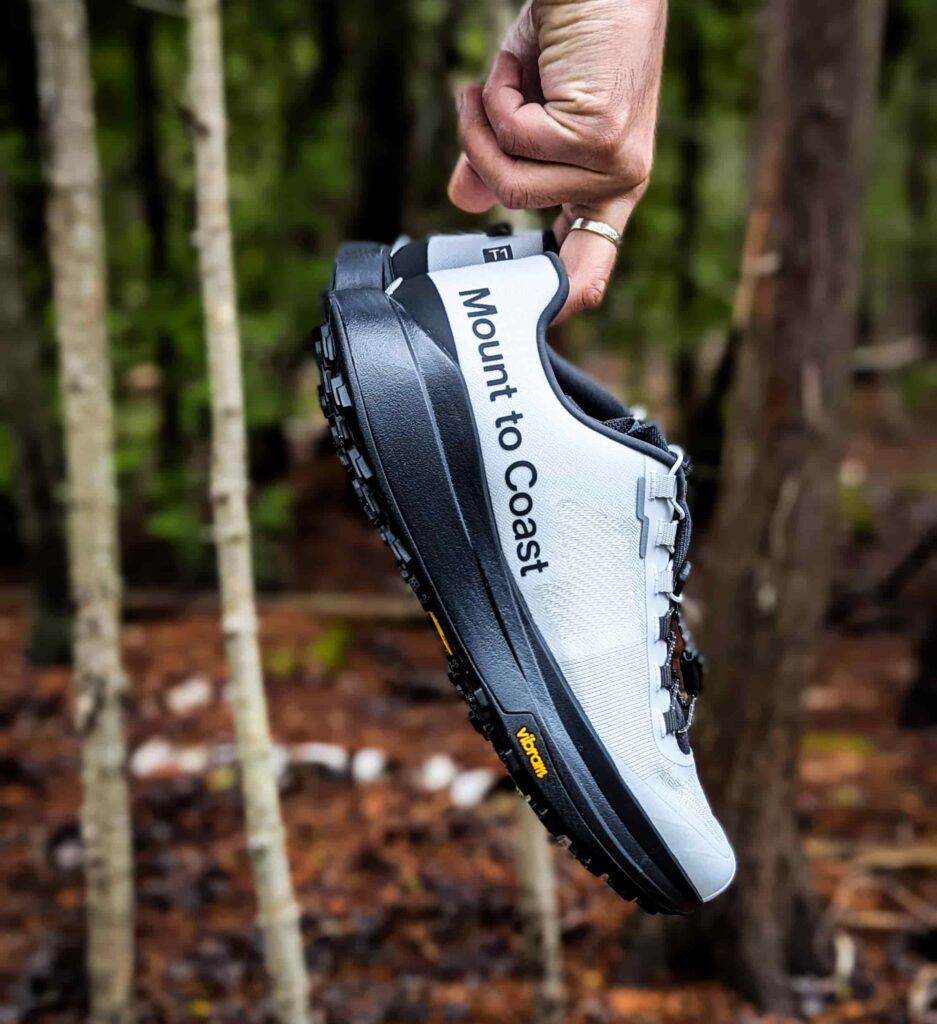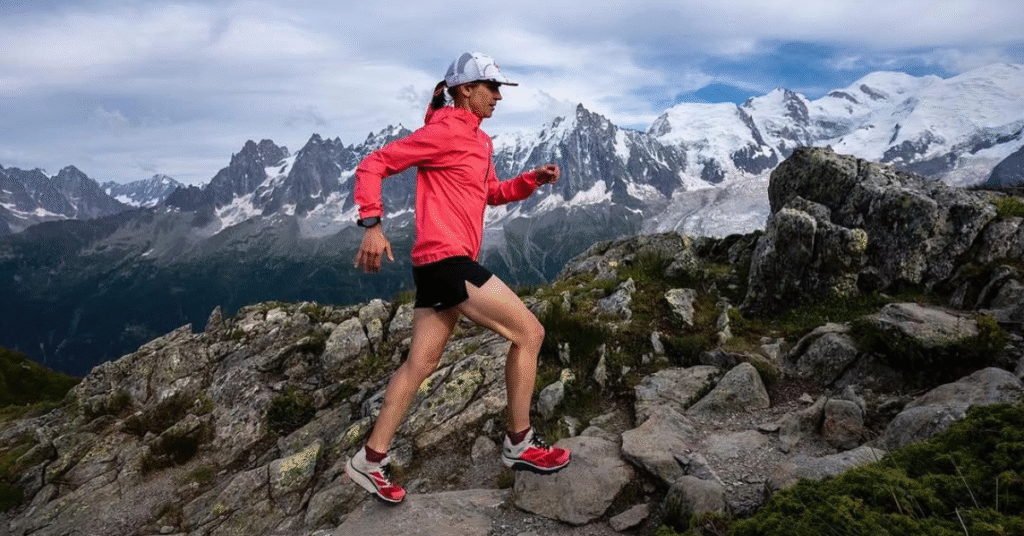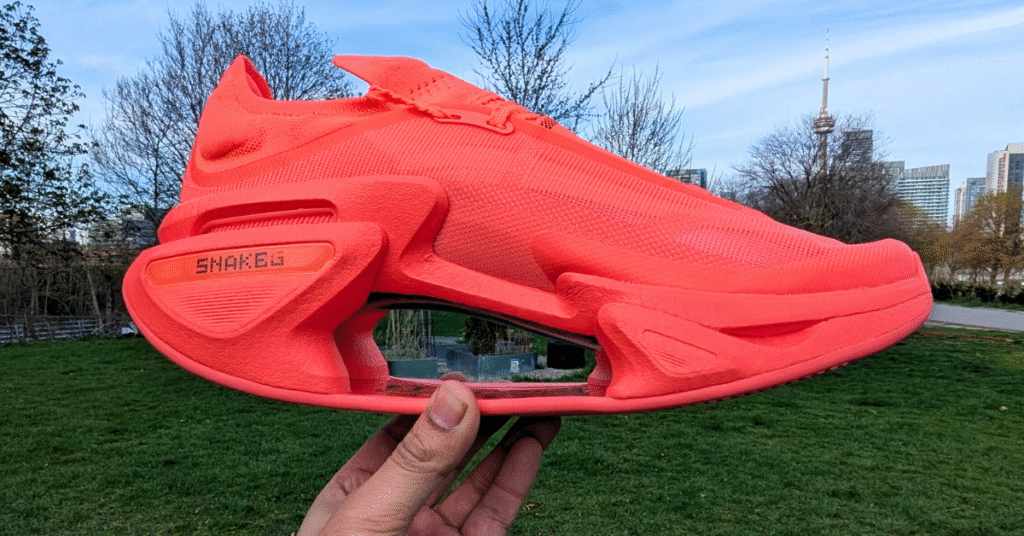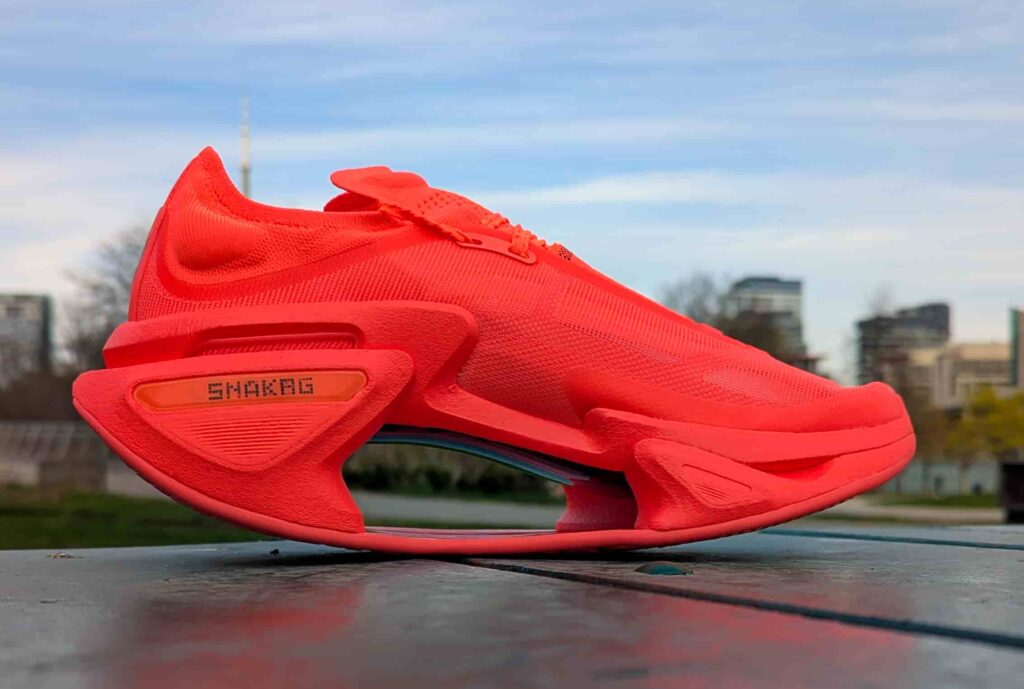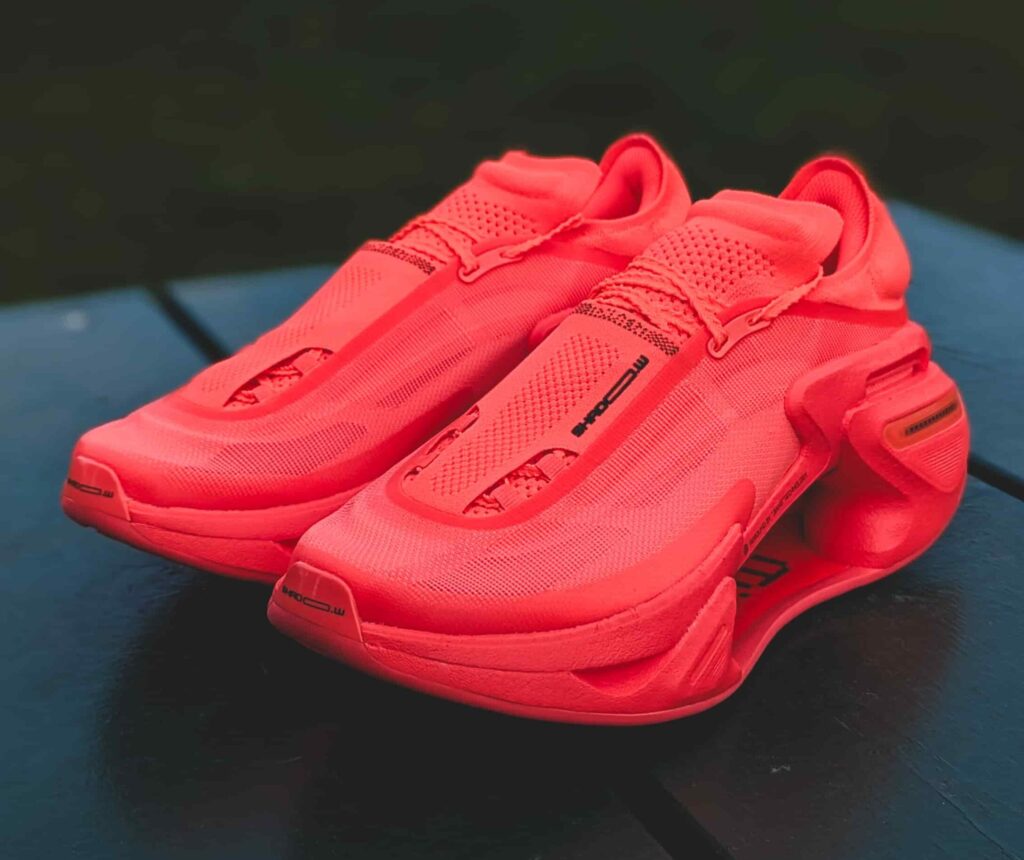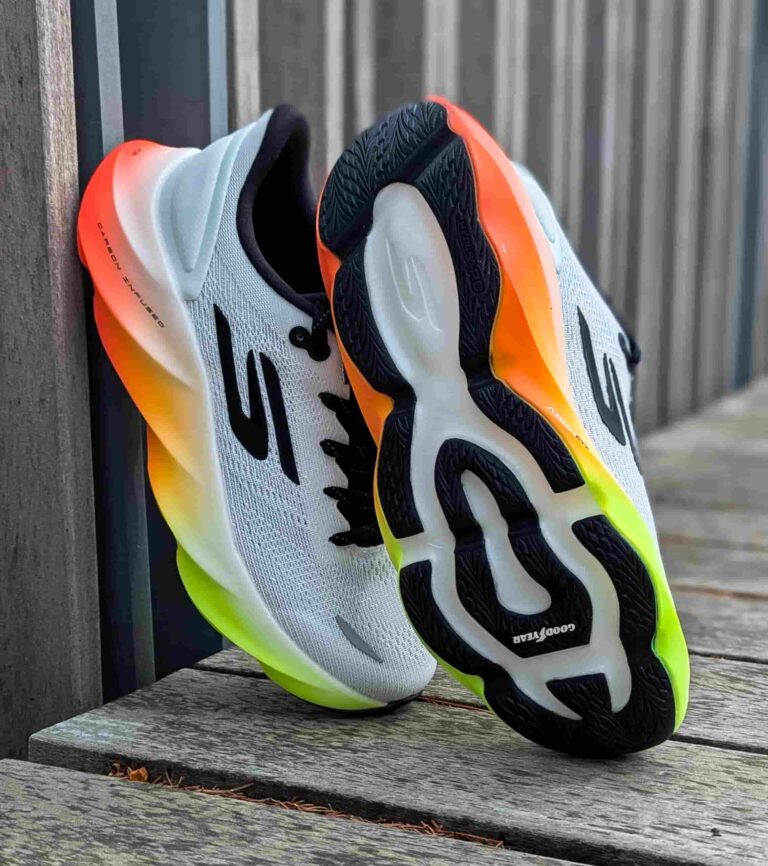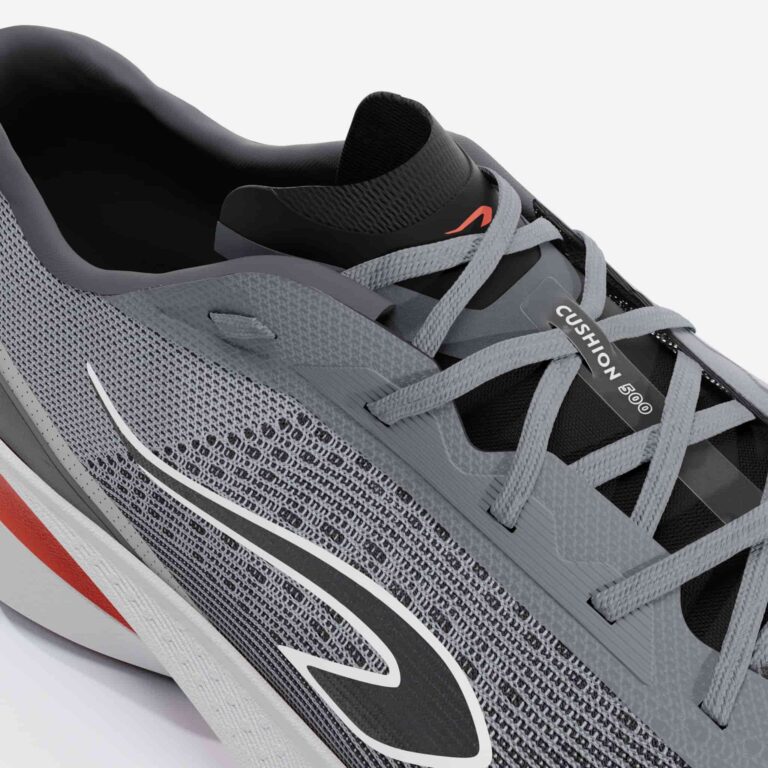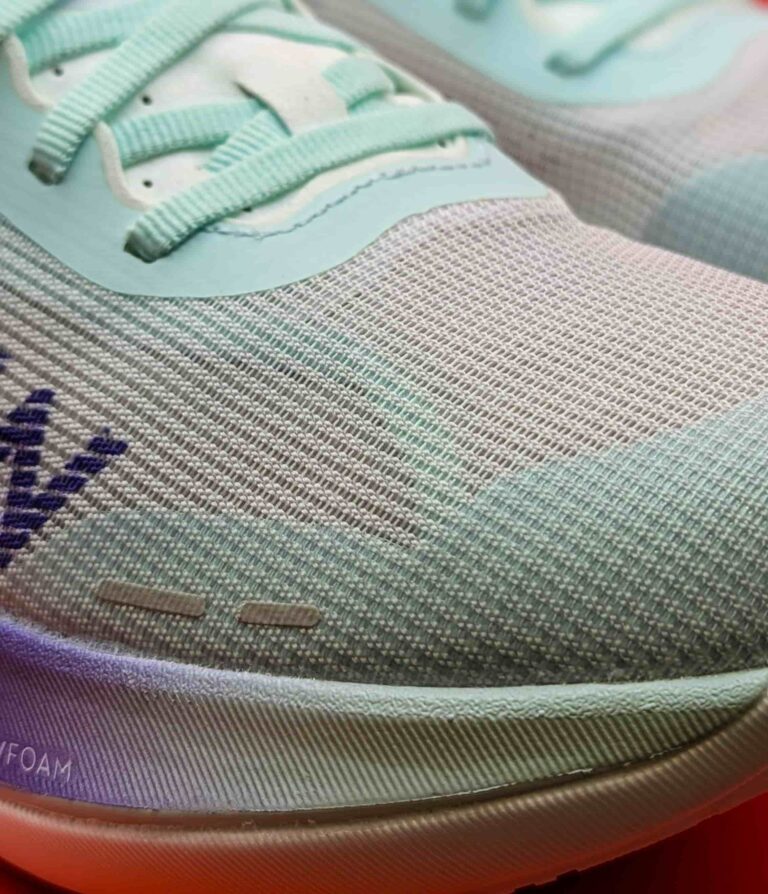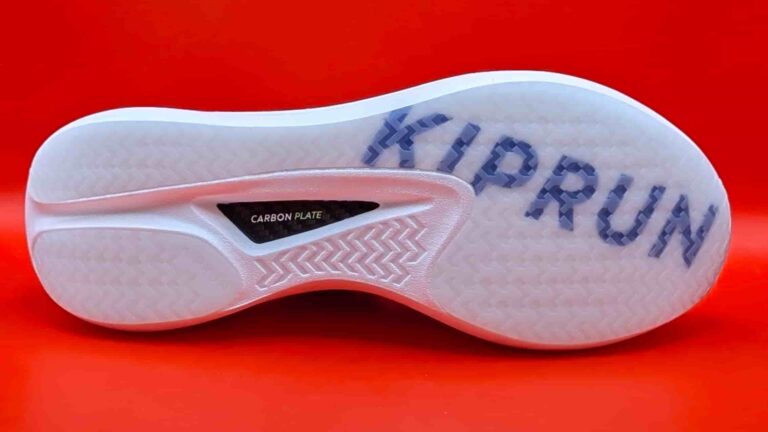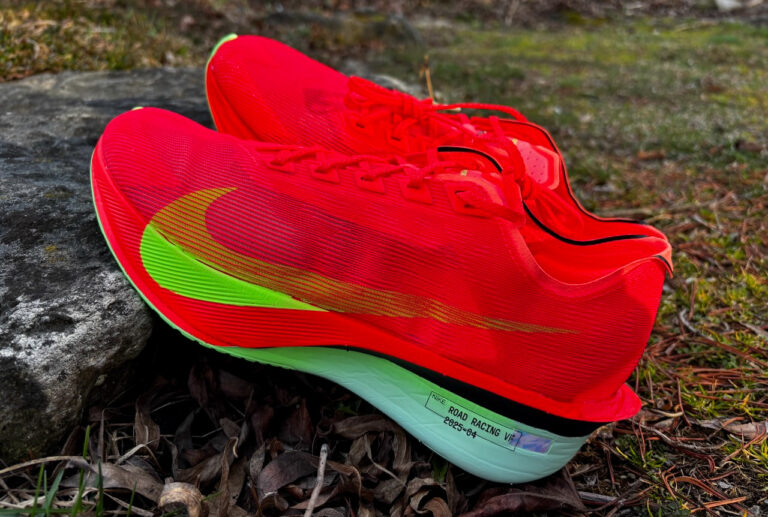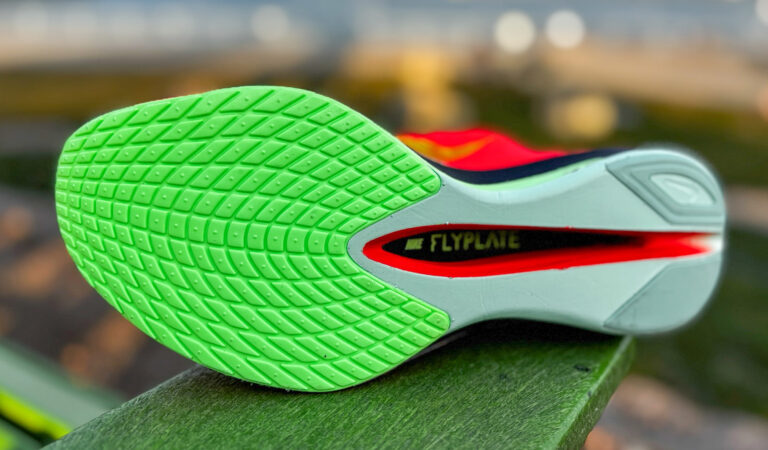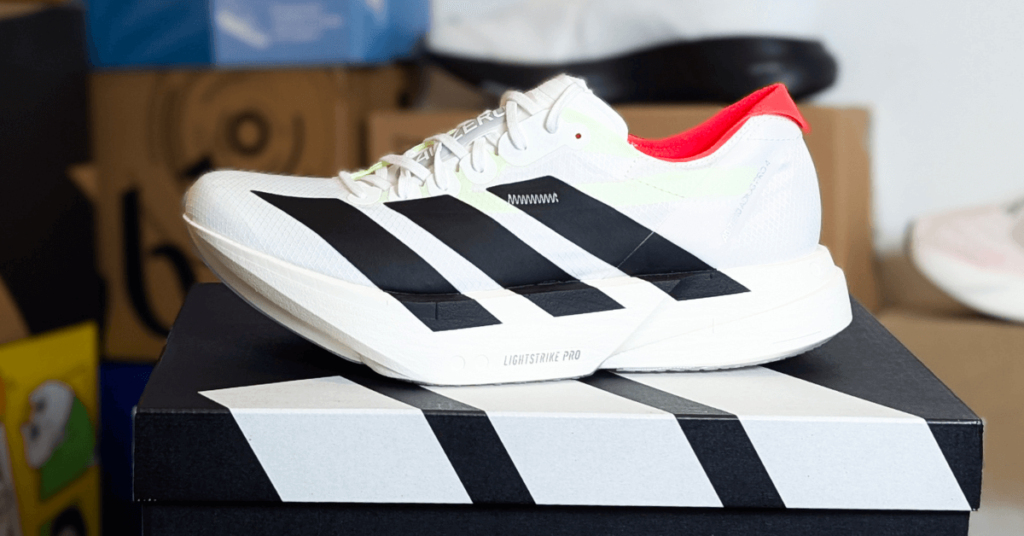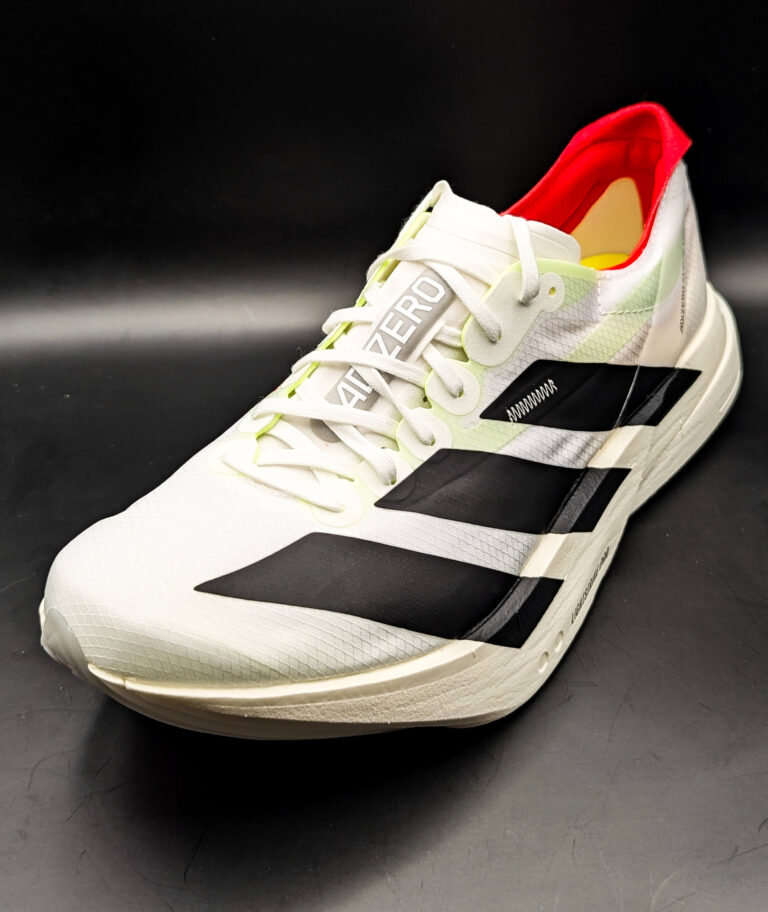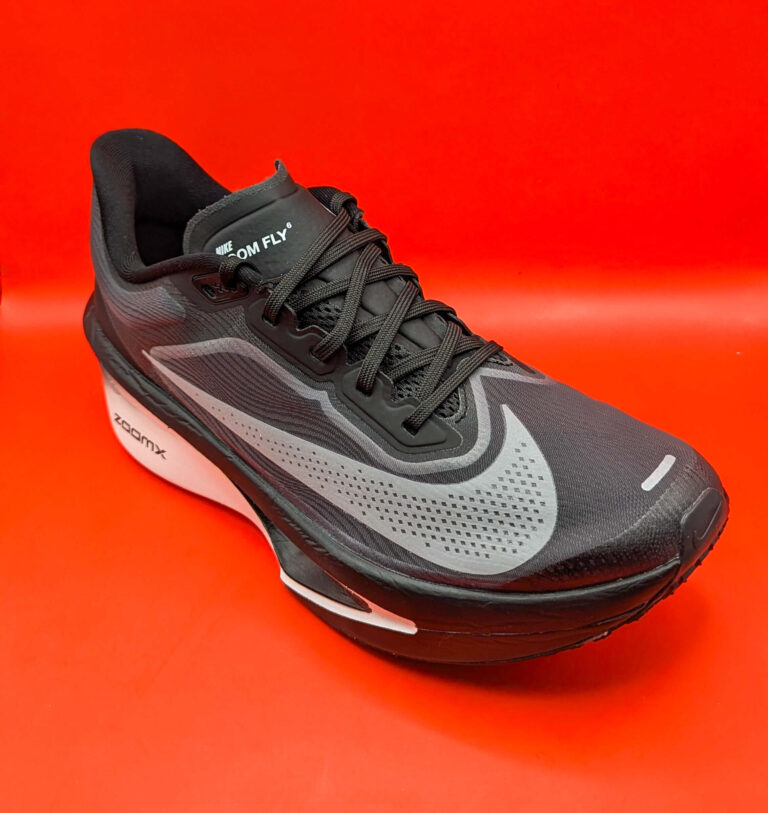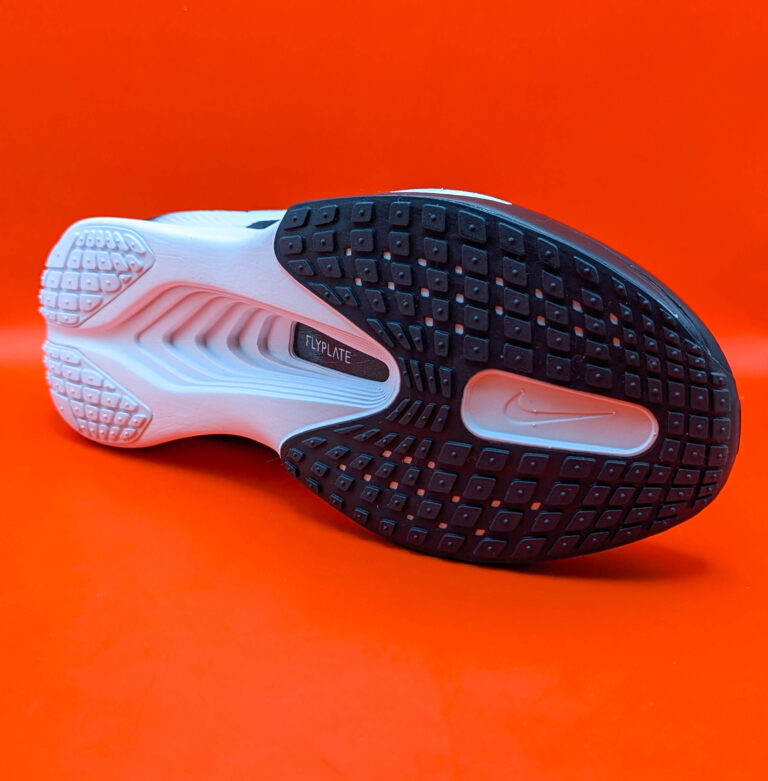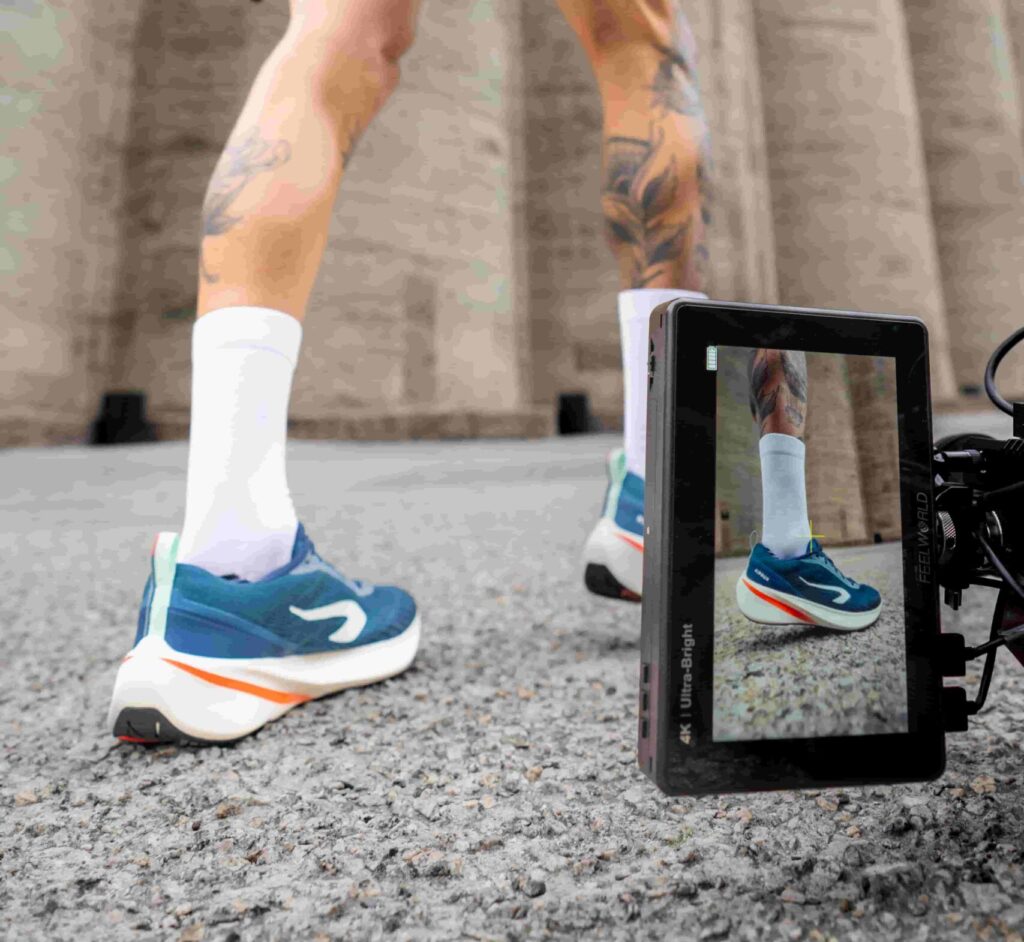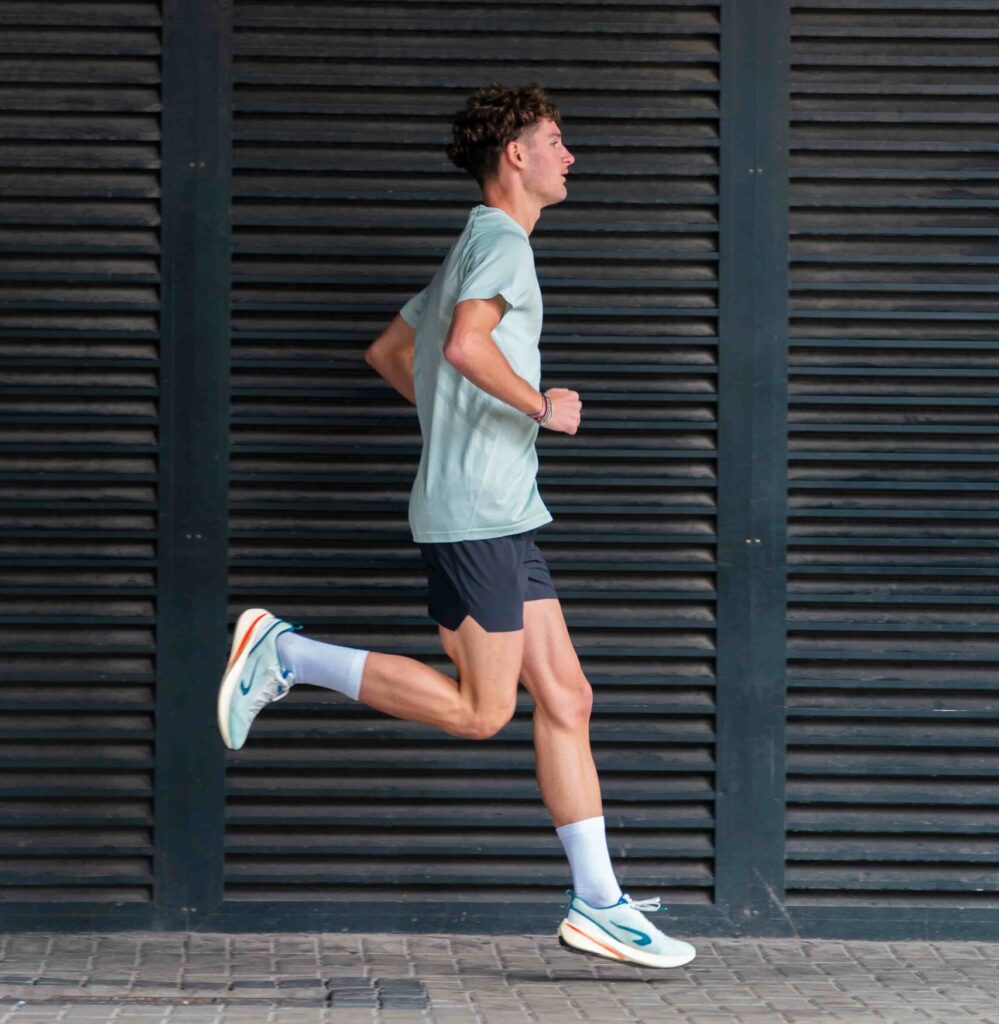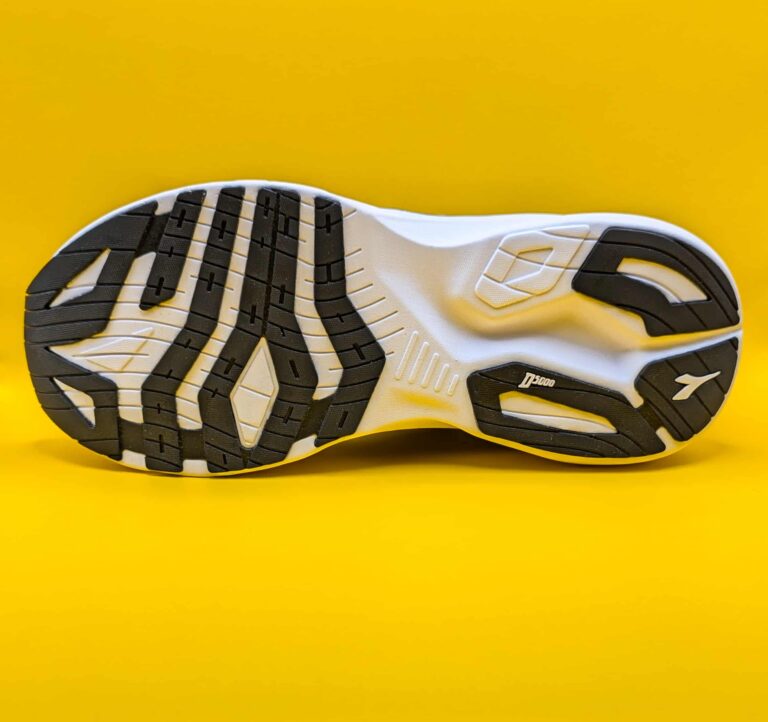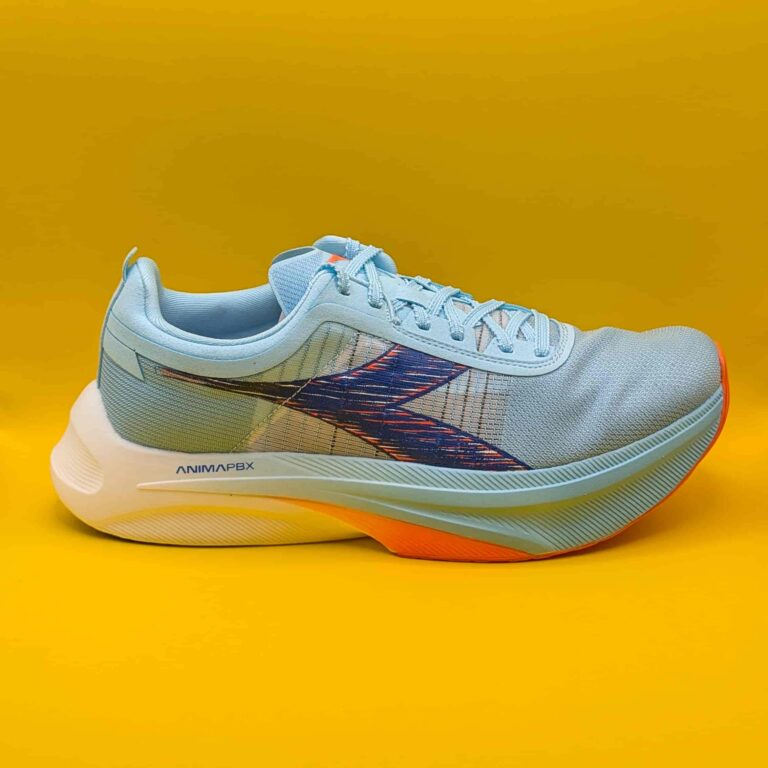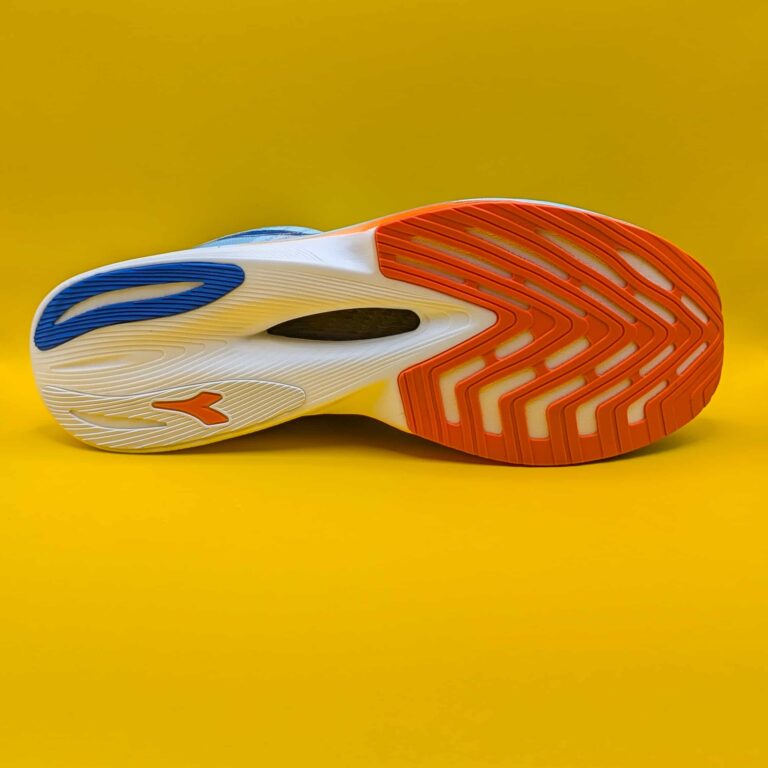Garmin Forerunner 970 Review: Premium GPS Running & Triathlon Smartwatch
After six weeks of rigorous testing with the Garmin Forerunner 970 strapped to my wrist, one thing is clear: Garmin isn’t reinventing the wheel with this flagship running watch. Instead, they’ve meticulously refined an already outstanding formula, packing in a suite of advanced features that make it a compelling upgrade for dedicated runners.
Table of Contents
ToggleThe Forerunner 965 was a game-changer with its vibrant AMOLED display, and the 970 builds on that foundation with subtle yet meaningful improvements. More importantly, Garmin has done a better job this time of differentiating the 970 from its more affordable sibling, the Forerunner 570, ensuring that serious athletes get the premium experience they’re paying for.
So, is this the best running watch money can buy right now? Without a doubt, yes.
But before you rush to purchase, there are two major caveats:
- An eye-watering price tag—this watch doesn’t come cheap.
- The need for Garmin’s HRM 600 chest strap to unlock its full potential.
If you’re willing to invest, the Forerunner 970 delivers unparalleled insights that serious runners crave. But is it worth it? Let’s dive deep into this extensive review to find out.
Garmin Forerunner 970 vs 965
| Feature | Forerunner 965 | Forerunner 970 |
|---|---|---|
| Release Year | 2023 | 2025 |
| Price | $599.99 | $749.99 |
| Display | 1.4" AMOLED, Gorilla Glass 3 | 1.4" AMOLED, Sapphire Glass |
| Durability | Fiber-reinforced polymer, 53g | Titanium bezel, sapphire glass, 56g |
| Health Features | 4th-gen HR sensor, SpO2, sleep | 5th-gen HR sensor, ECG, skin temperature |
| Sports Modes | 50+ modes, multi-band GPS | 70+ modes, LED flashlight, advanced metrics |
| Battery Life | 23 days (smartwatch), 31h GPS | 15 days (smartwatch), 26h GPS |
| Smart Features | Notifications, Garmin Pay, music | Bluetooth calls, voice control, LED light |
Design & Build: Premium, Durable, and Functional
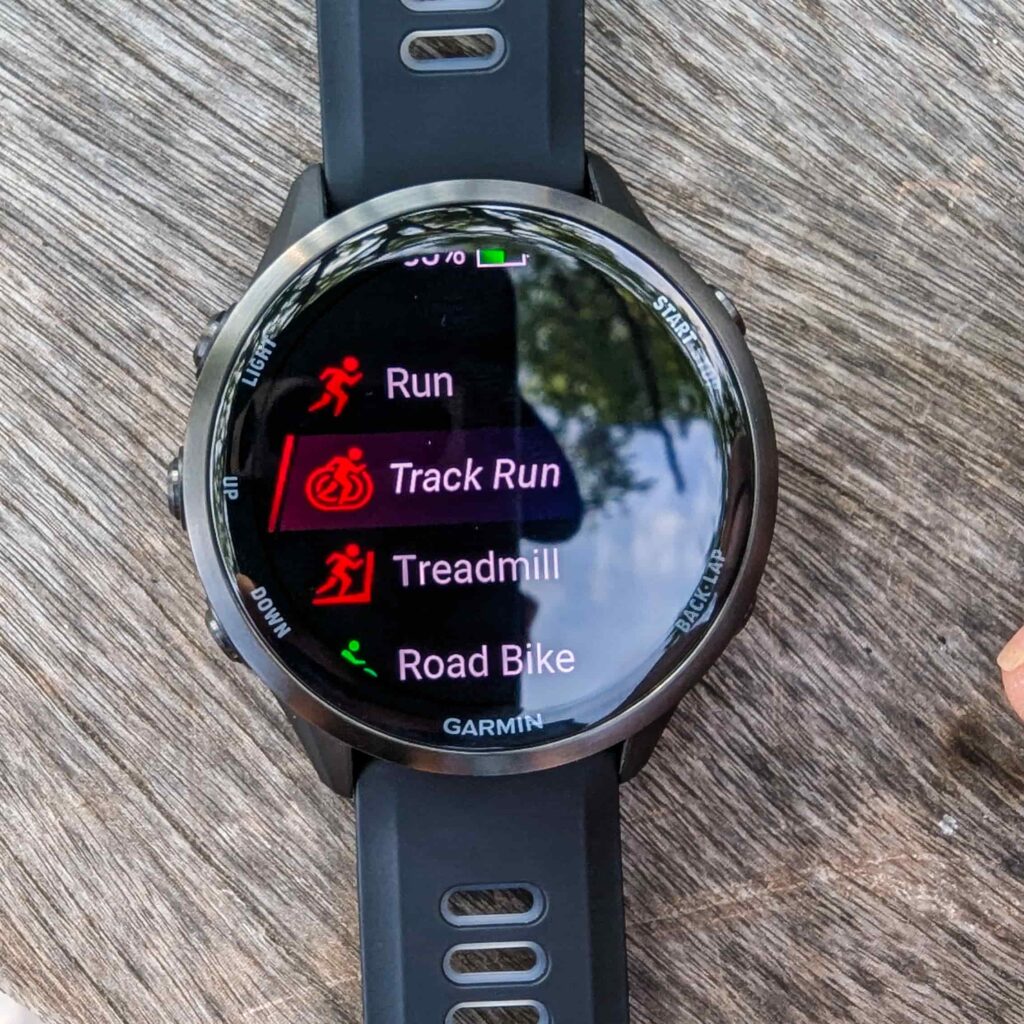
Since the Garmin Forerunner 935 converted me from smartwatches to dedicated sports watches, I’ve been a fan of the 900 series. These watches typically offer all the features of Garmin’s flagship Fenix line but in a lighter, plastic-based design that’s more affordable and better suited for runners.
The Forerunner 970 continues this tradition but adds key upgrades from the Fenix 8, including:
- Sapphire crystal display (finally!) – No more worrying about scratches.
- Built-in flashlight – Incredibly useful for nighttime runs or checking on kids in the dark.
- Titanium bezel – Adds a premium touch while keeping weight low.
The 1.4-inch AMOLED display is noticeably brighter than the 965, making it easier to read in direct sunlight. Garmin didn’t specify the exact nit increase, but the difference is clear—especially during workouts when stats pop against the black background.
The missing piece: Size options
One small gripe? The Forerunner 970 only comes in a 47mm case size. While this works for most, runners with smaller wrists might prefer a 42mm or 43mm option, like those available in the Forerunner 570 and Fenix 8 lines.
Performance & New Running Features
Garmin didn’t just upgrade the hardware, they packed the Forerunner 970 with new running metrics designed to help athletes optimize performance and avoid injury.
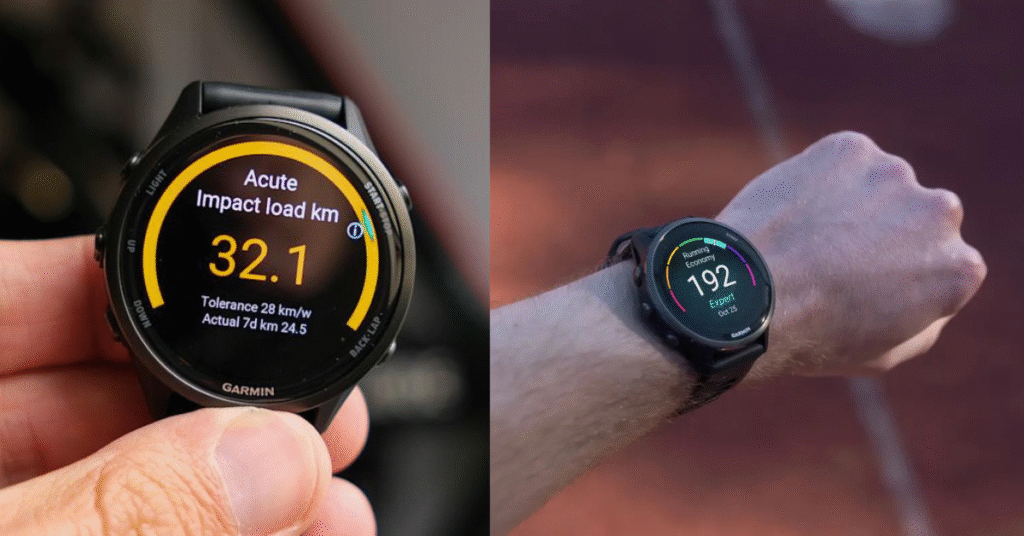
1. Running tolerance: A smart way to avoid overtraining
One of the most immediately useful additions is Running Tolerance, which estimates how many miles (or kilometers) you should run in a week based on your training history. Unlike simple mileage tracking, it factors in intensity like tempo runs and hill workouts count for more than easy jogs.
This is a game-changer for injury prevention, especially if you’re ramping up mileage for a marathon or recovering from an injury.
2. Running economy & step speed loss
Here’s where things get controversial. Two of the most exciting new features – Running Economy and Step Speed Loss (SSL), require Garmin’s $169 HRM 600 chest strap.
- Step Speed Loss measures how much you slow down with each footstrike (lower values = better efficiency).
- Running Economy analyzes your overall running efficiency.
While these metrics are fascinating, they come with two big drawbacks:
- The HRM 600 is expensive (nearly double the price of competitors like Wahoo’s TRACKR)
- Limited actionable feedback, Garmin doesn’t always explain how to improve these metrics
If you’re a data-driven runner, these insights are invaluable. But if you’re on a budget, you might question whether they’re worth the extra cost.
3. Other nifty additions
- Auto-laps for timing gates – Great for structured workouts.
- Race finish line prompt – Helps accurately log race PBs.
- Improved race widget – Dynamically adjusts time projections based on training.
Battery life: The trade-off for a brighter screen

The Forerunner 970’s stunning AMOLED display comes at a cost: shorter battery life.
- Always-on display: ~4 days (vs. 7 days on the 965).
- Raise-to-wake mode: Extends battery life significantly.
If you’re logging daily GPS workouts, expect to charge every 3-4 days. Not terrible, but a step back from the 965.
Health & Recovery tracking
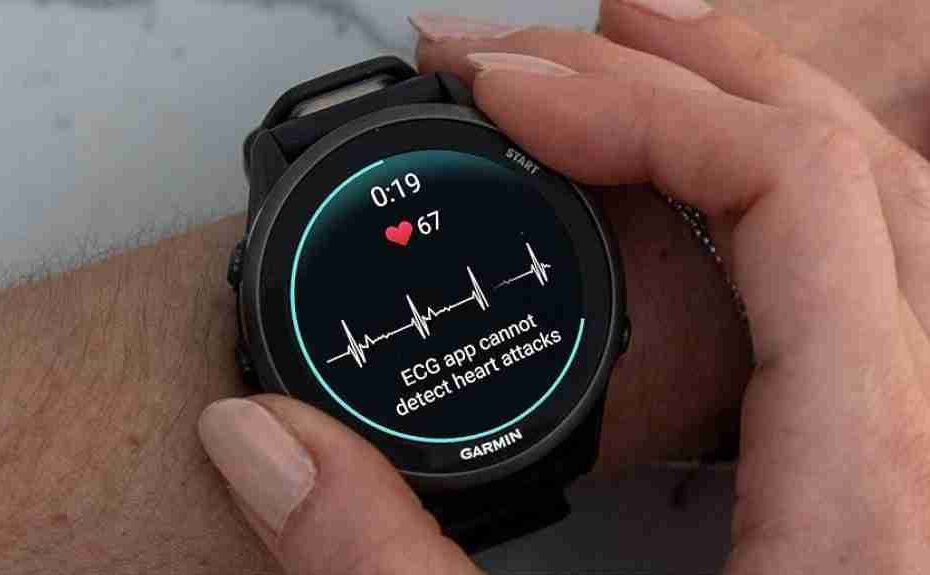
Beyond running, the Forerunner 970 excels as a 24/7 health monitor, offering:
- Advanced sleep tracking (with a sleep coach).
- Stress and recovery metrics.
- Women’s health tracking.
- ECG support (for heart health insights).
Garmin’s Daily Suggested Workouts dynamically adjust based on recovery status, ensuring you never overdo it after a bad night’s sleep.
but a step back from the 965.
Price: Is the Forerunner 970 worth it?
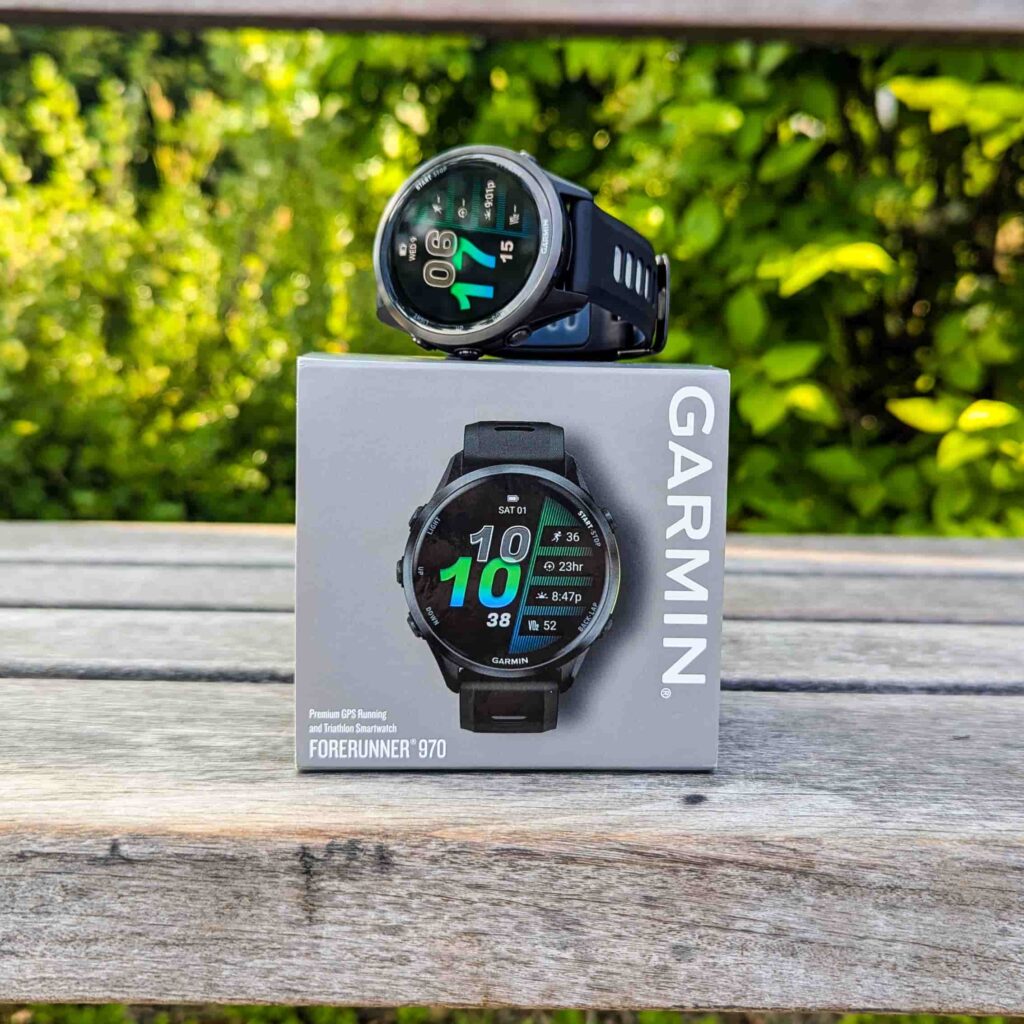
Let’s address the elephant in the room:
- Forerunner 970: $USD749/ $CAD1,099 / £629 / €749
- Fenix 8 (Solar): Starts at $799
- Forerunner 965: $599
Should You Buy the Forerunner 970?
✅ Yes, if:
- You want the best running-specific watch on the market.
- You’re willing to invest in the HRM 600 for advanced metrics.
- You value sapphire glass and a built-in flashlight.
❌ No, if:
- You’d prefer longer battery life (consider the Fenix 8 Solar).
- You don’t need elite running analytics.
- The price is a dealbreaker.
Final verdict: The best running smartwatchatch, but at a premium
The Garmin Forerunner 970 isn’t a revolution, it’s an evolution. It takes everything great about the 965 and enhances it with:
- A brighter, more durable sapphire display
- Game-changing Running Tolerance metrics
- A built-in flashlight (why doesn’t every watch have this?)
- Unparalleled running accuracy
But with a steep price tag and the HRM 600 requirement for full functionality, it’s a serious investment. If you’re a dedicated runner who craves every possible performance insight, the Forerunner 970 is the best tool for the job. But if you’re on a budget or prefer longer battery life, the Forerunner 965 or even the Fenix 8 might be better choices.
Either way, Garmin continues to set the gold standard for running watches and the Forerunner 970 is their sharpest tool yet.
Garmin Forerunner 970 Review: Premium GPS Running & Triathlon Smartwatch Read More »

